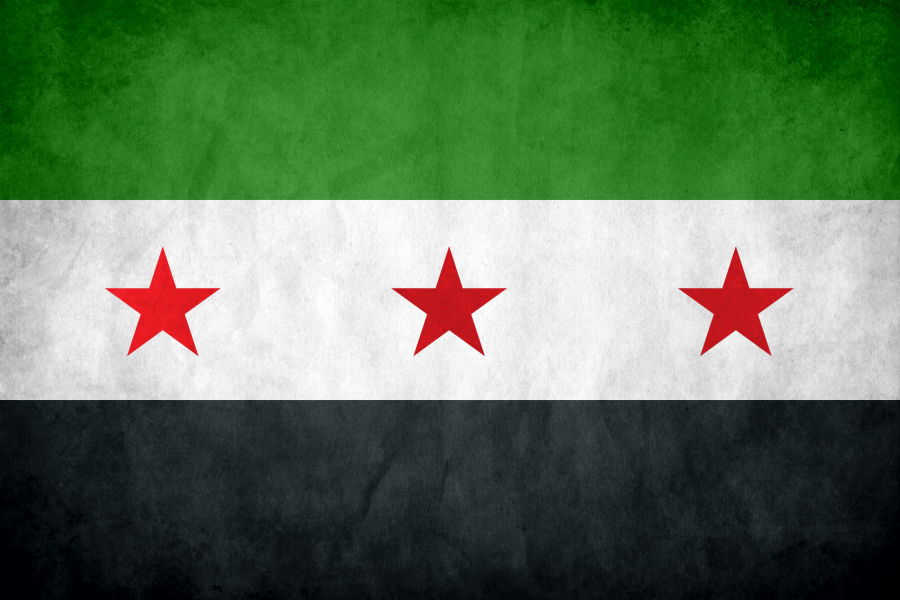Written by Kathleen Xue
In March 2011, the Bashar al-Assad regime in Syria cracked down violently on activists demanding more economic prosperity, sparking a nationwide uprising. The revolution eventually led to a civil war between rebels and the authoritarian government and now has killed more than 190,000 people of which 50{74e2084e47f46e06e62dbba283cef78e0e039417a59d0bb63ac31908f44b1eca} were civilians.
Inspired by the Arab Spring in Tunisia of January 2011, a group of school children and teenagers in Daraa, Syria were arrested for writing political graffiti; police response killed dozens of people on site. As a result, the people called for al-Assad to step down. To stay in office, al-Assad promised to lift Syria’s state-of-emergency law, which for the past 48 years allowed the regime to detain anyone without charge and hold them indefinitely. However, 4 days after lifting this law, thousands of regime troops were sent to Daraa for a wide-scale crackdown.
Since then Daraa crackdown, violence and insurgency have only increased, spreading the unrest to Damascus and Aleppo. Moreover, the conflict has internally displaced over 6.5 million people, with those able to flee escaping to Jordan and Lebanon. However, this sudden influx of refugees in other Middle Eastern countries has caused external tensions with Syria to add onto its internal agitation.












